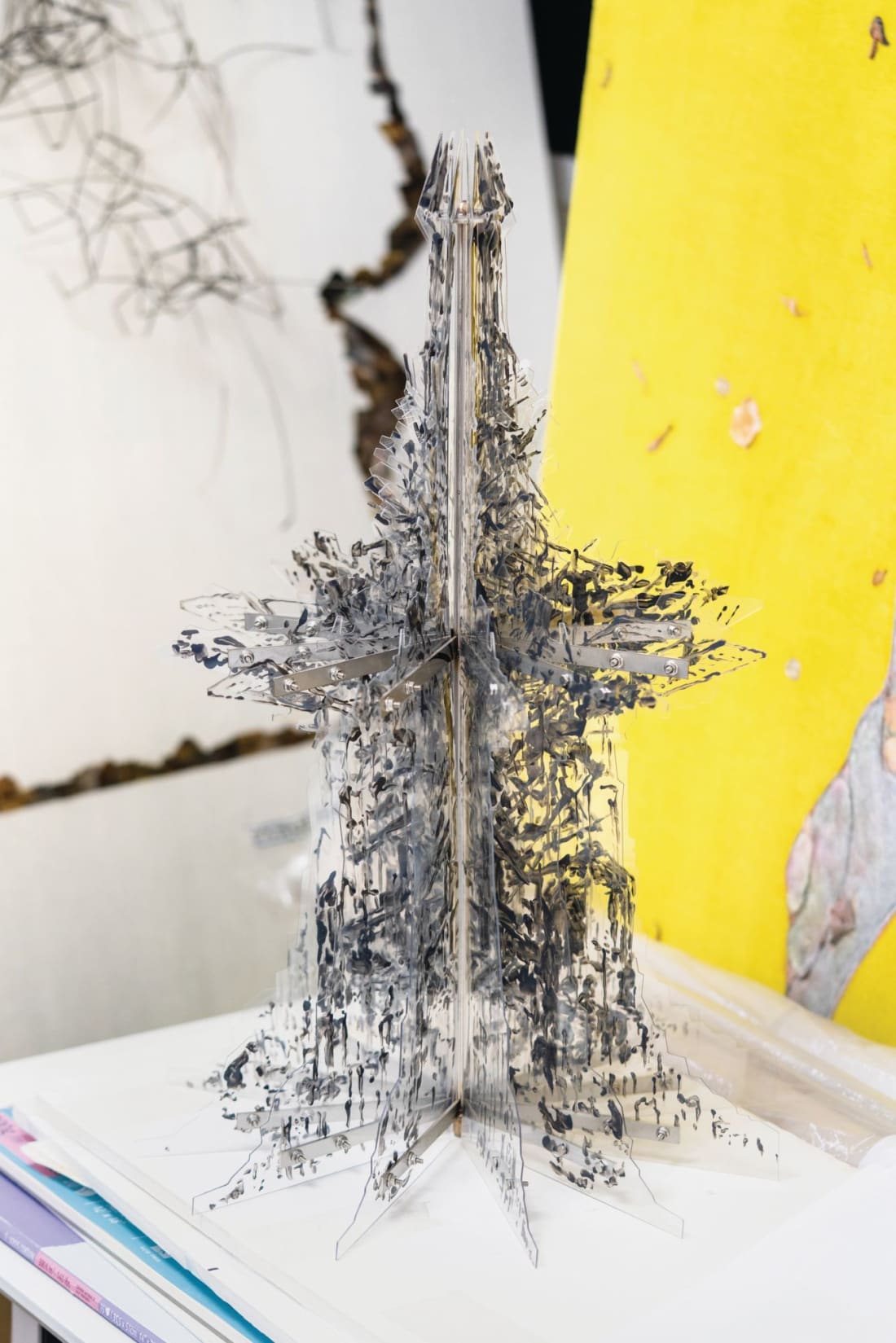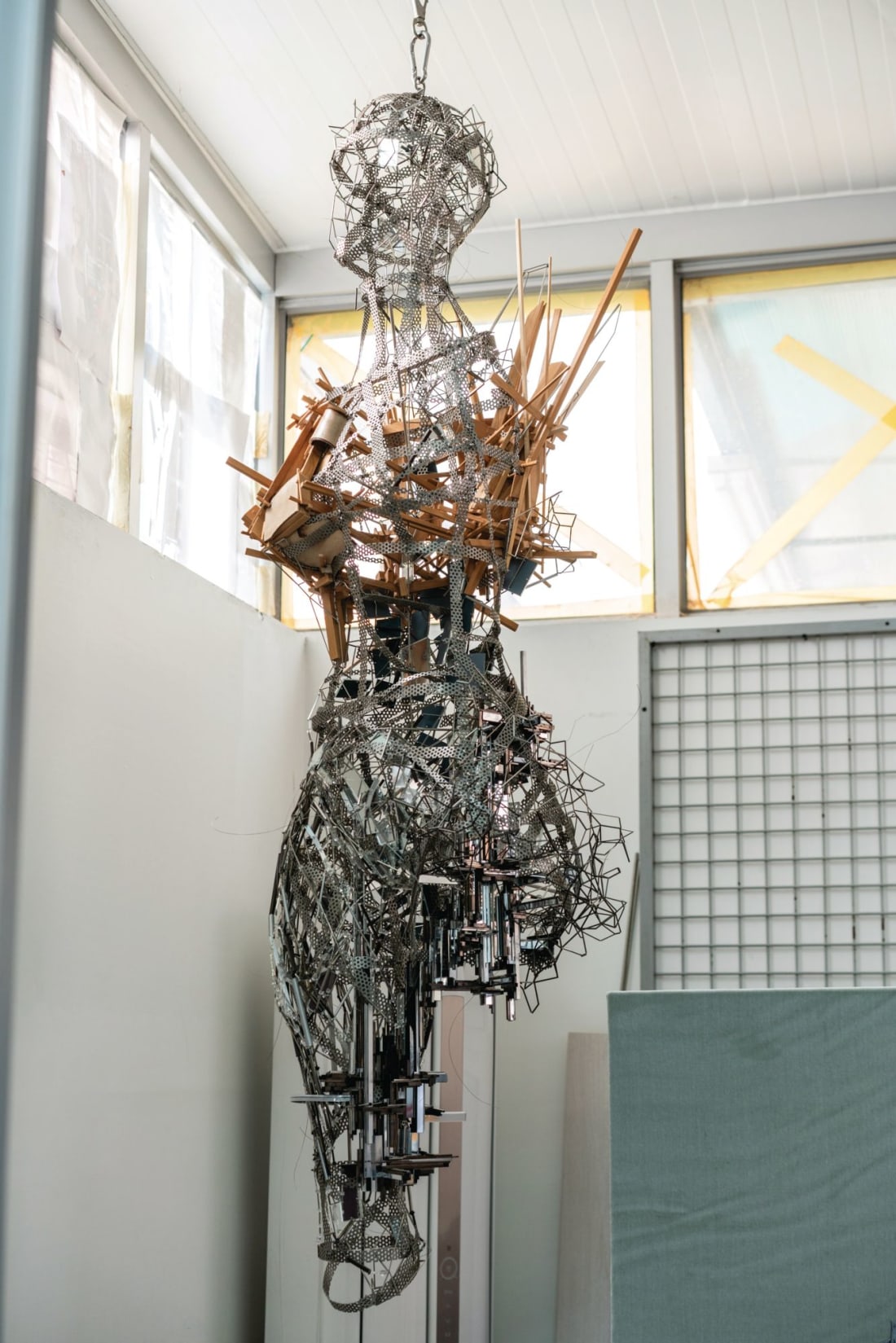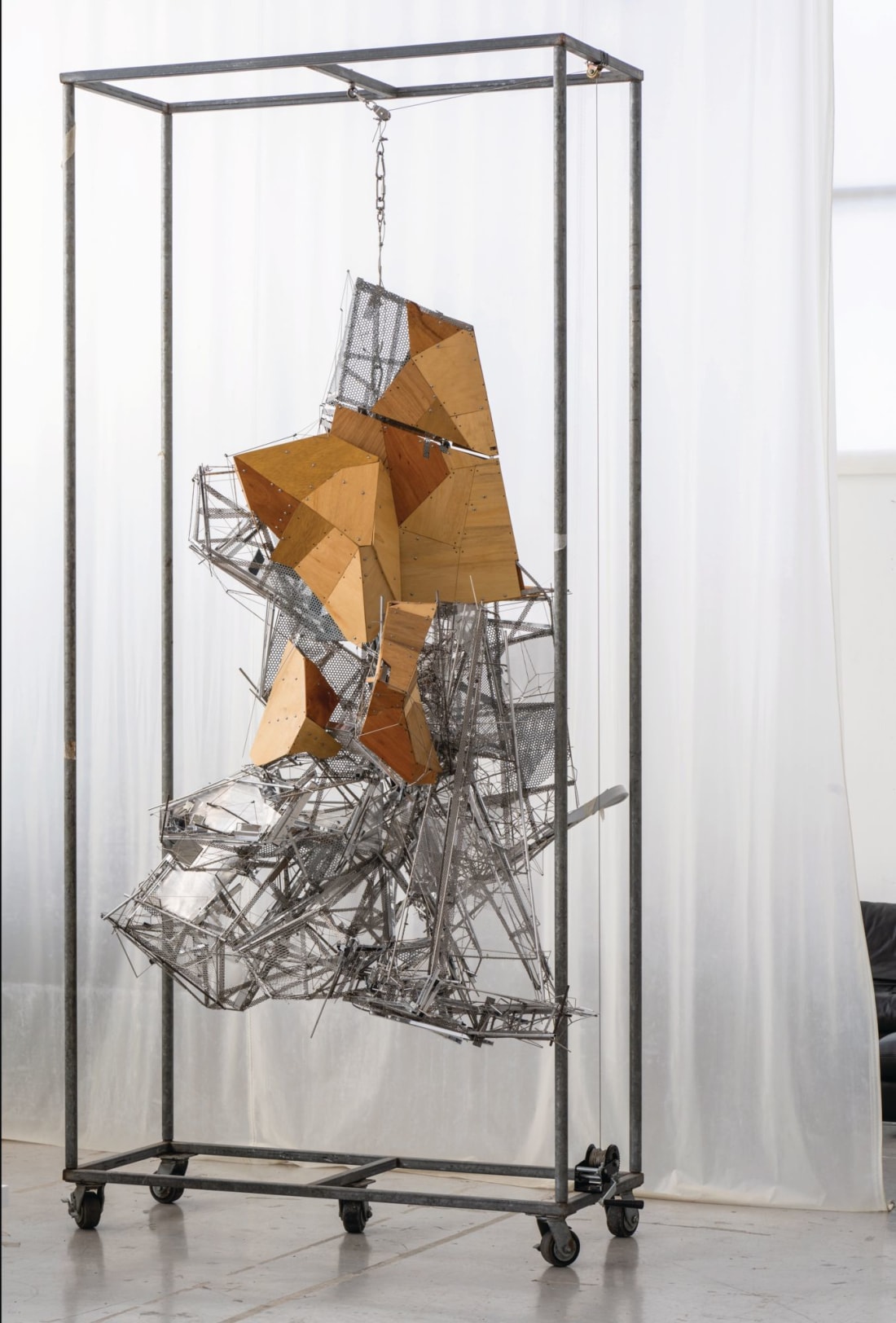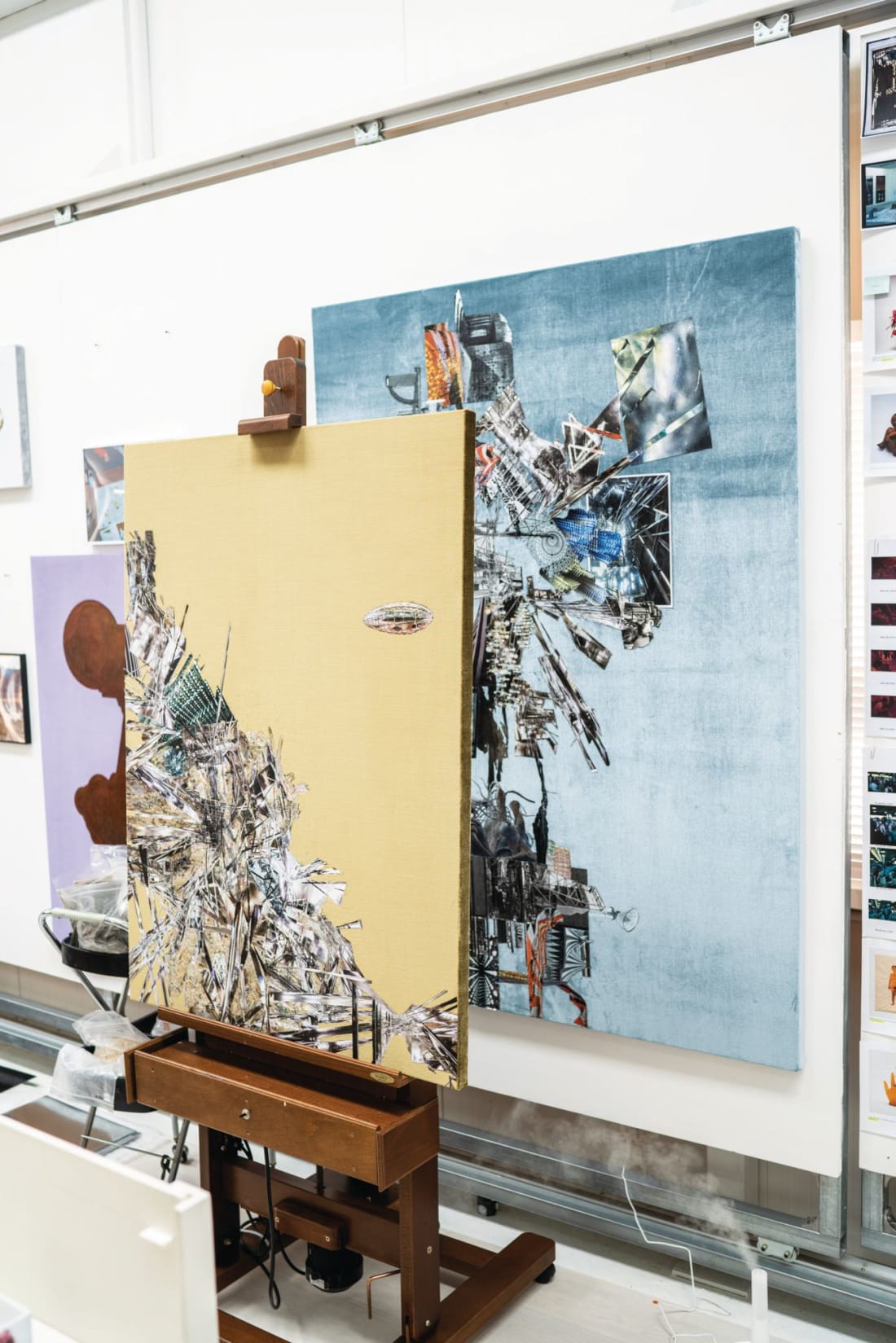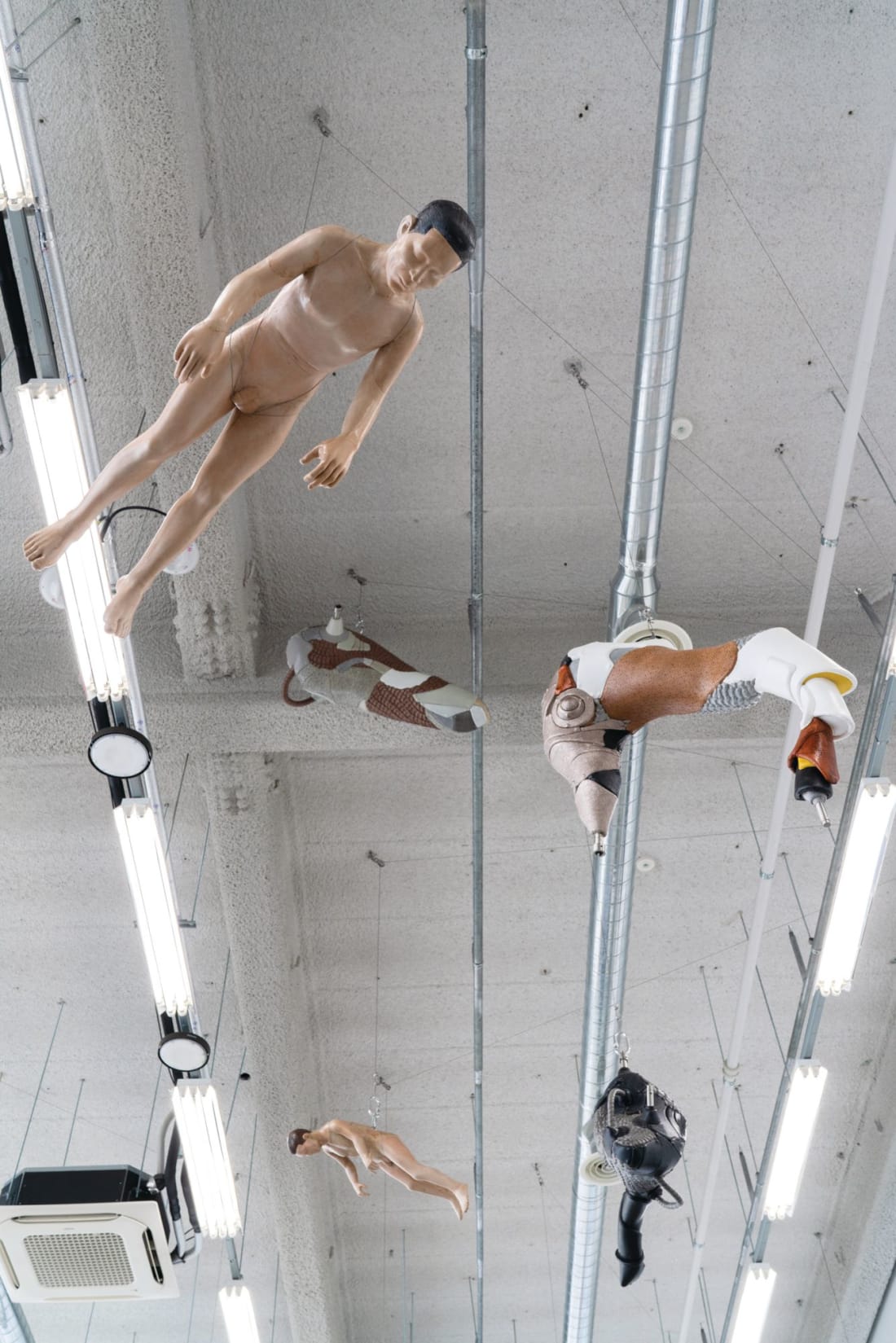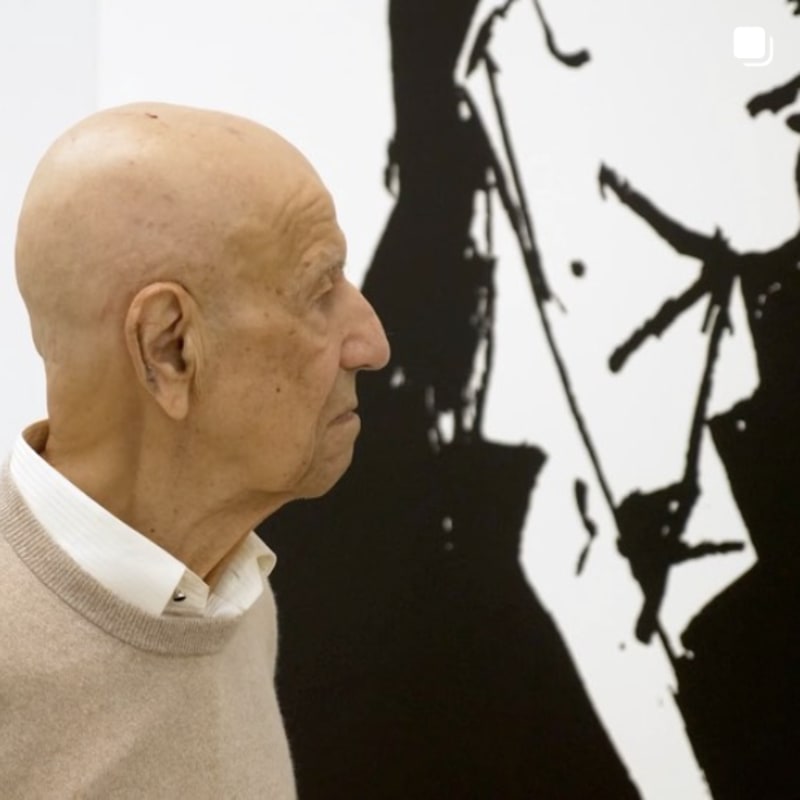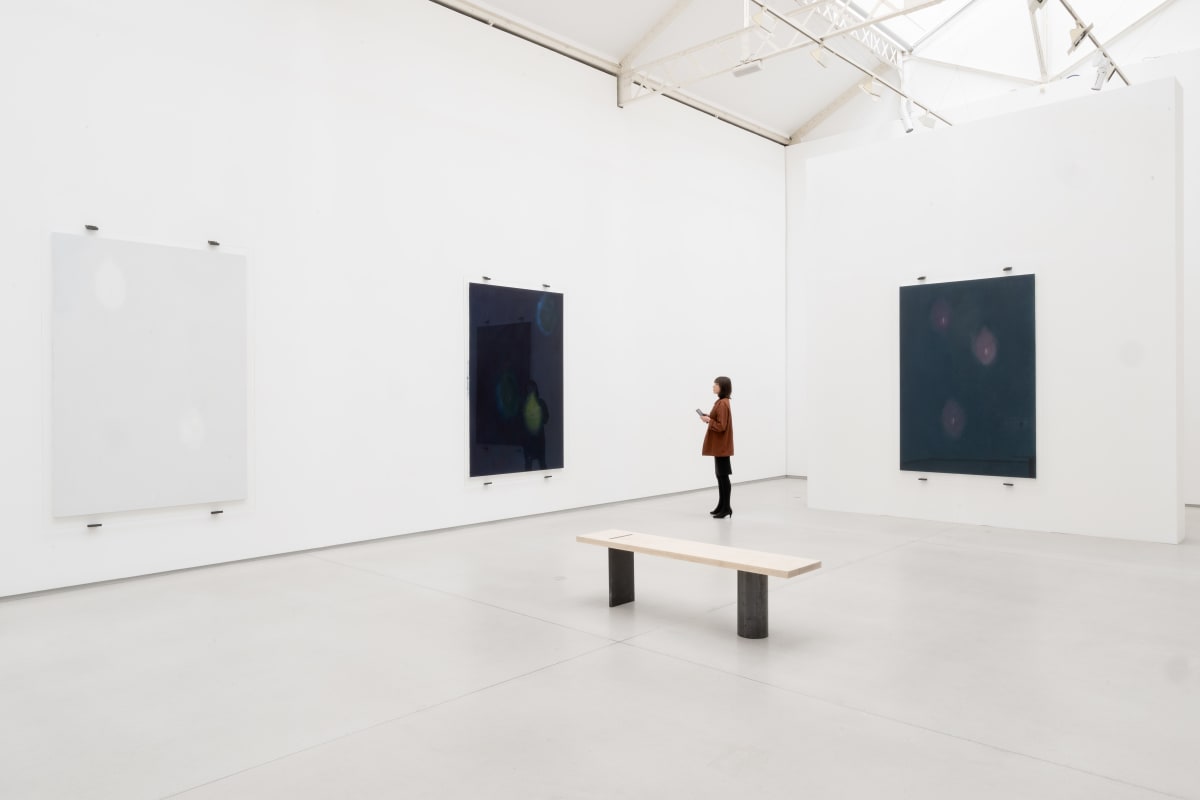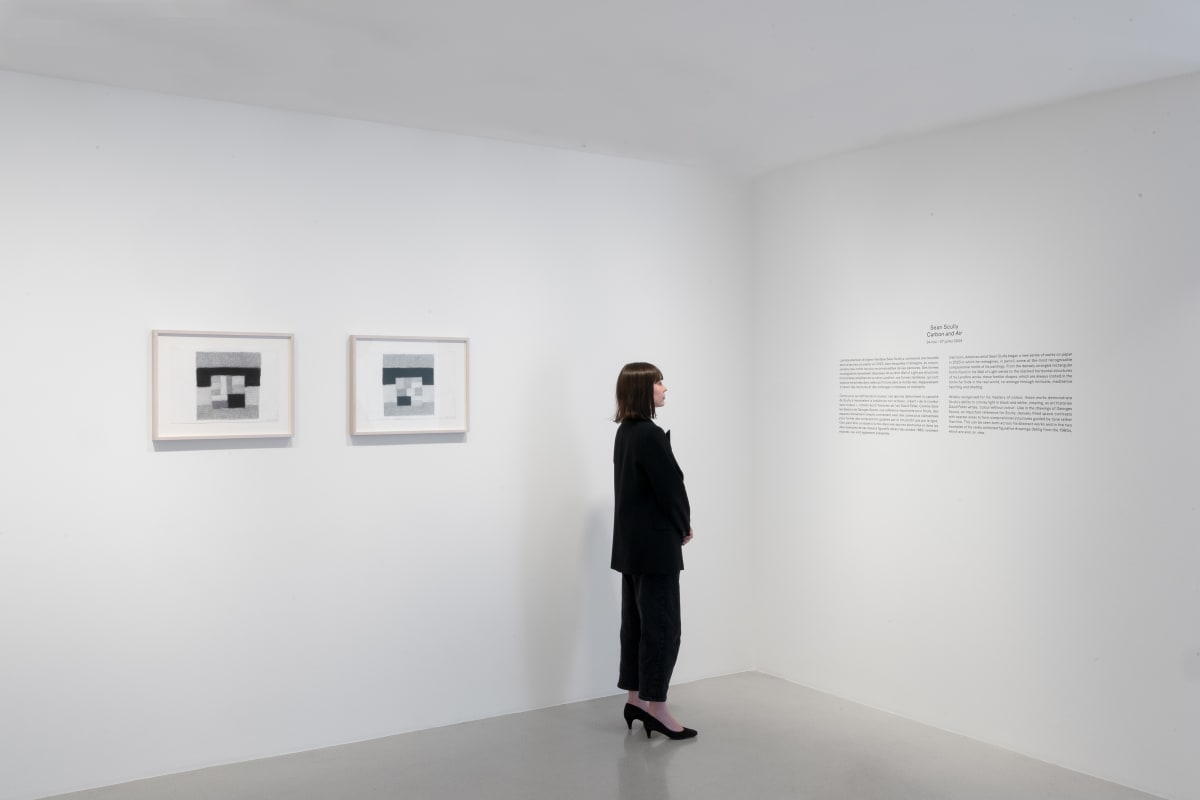South Korean Artist Lee Bul On Her Homecoming Exhibition At The Seoul Museum Of Art
South Korean artist Lee Bul has wowed audiences around the world with her futuristic, sci-fi art. This month, she's coming home
Lee Bul wakes up around noon. "I start my day with a cup of coffee and some cigarettes," she says. She smokes about half a pack a day. "I then head to my studio, where I spend the rest of my day. I get into bed around 4am."
While most people sleep, Lee, one of South Korea's most famous living artists, works through the night in her Seoul studio dreaming up provocative artworks that use shimmering materials and sci-fi imagery as metaphors for humanity's constant, desperate search for perfection. Her exploration of utopian ideals, and how they sometimes collapse into dystopian horror, has earned her international acclaim. In the past five years alone, Lee has had solo exhibitions at museums in the US, the UK, Germany, Canada and Russia, and in 2019 had two of her installations included in the Venice Biennale, considered by many to be the most important event in the art world.
"Lee Bul is truly one of the most compelling and inventive artists of her generation," says Ralph Rugoff, curator of the 2019 Venice Biennale and director of the Hayward Gallery in London, where he hosted a show of Lee's art in 2018. "Her work is consistently forceful."
HOME SWEET HOME
Lee's latest pieces are currently on display at Lehmann Maupin gallery in New York, which has worked with her since 2008. And, after years of travelling the globe, Lee, 57, is now enjoying a homecoming. This month, the Seoul Museum of Art is opening a retrospective exhibition focused on the first decade of her work, from 1987 to 1997. Opening on March 2, Lee Bul: Beginning will run until May 16.
Today Lee focuses on making sculptures and installations, some measuring several metres long, as well as iridescent paintings that incorporate shards of mother-of-pearl. Lee builds her larger pieces in a sprawling studio in Samsong, on the northern outskirts of Seoul, with the help of her team of about ten assistants. She makes her paintings in a smaller workshop attached to her home in Seongbuk-dong, a wealthy neighbourhood perched on a steep hill, where she lives in a modernist home that has views of the Seoul skyline.
But when Lee began her career in the late Eighties, she was most interested in performance art. "I was born in the 1960s in South Korea under the country's military dictatorship," she says. "I came of age during a period of incredible social and economic upheaval marked by the transition to a democratic state. This political shift experienced over my lifetime has informed much of my work."
FROM DEMOCRACY TO DICTATORSHIP
Lee was born in 1964, three years after major general Park Chung-hee led a military coup d'état, ousting the government and seizing control of the country. He ruled until he was assassinated in 1979.
During that time, Park transformed South Korea from a democracy into a dictatorship. Under his orders, protests were violently suppressed, political dissidents were executed and thousands of homeless people were forced into labour camps, where many of them were tortured to death, creating an atmosphere of fear that permeated all aspects of life, including Lee's childhood.
Her mother and father were left-wing activists who were regularly hounded by police, forcing them to move house at least once a year. Sometimes police would storm their homes, turning them upside down looking for banned books. In the 1970s, her parents were occasionally imprisoned-her mother for three years of that time, leaving a teenaged Lee to look after her younger brother and sister.
Life was no easier at school. Lee is left-handed, which was stigmatised at the time in a way that went beyond superstition, particularly in many Asian societies that considered it a sign of bad luck. Teachers would tie her left hand behind her back, sometimes for hours on end, forcing her to use her right. It seemed that wherever she went, there were people trying to impose restrictions both physical and psychological on Lee-on her body, her thoughts and her family.
BREAKING FREE
So, after Lee graduated with an art degree in 1987, the same year that democratic elections were reintroduced in South Korea, she wanted to break free. She began making what she describes as "soft sculptures"-bulging, fat suit-like outfits with multiple arms and appendages. Some were lobsterred, while others were bedazzled with sequins. Lee would wear these costumes for loud performances in which she would speak or shout at the audience, forcing people to look at her. Both the suits themselves and the performances can be read as Lee's attempt to literally and symbolically take up space in a way that had been denied to her: as a woman in patriarchal Korea and particularly as a child of dissidents on the run, Lee had spent much of her life trying to be invisible. Photos of these emotional and sometimes visceral performances are a key part of the new exhibition at the Seoul Museum of Art.
Many of Lee's performances were scandalous at the time. "Performances executed by a female body could only be political," says Jin Kwon, the curator of Lee Bul: Beginning. But Lee was not going to be silenced. Her performances got steadily more extreme, with some of them explicitly addressing her struggles living in a sexist society controlled by men. In 1989, she performed a new work, Abortion, in which she hung upside down, nude in front of an audience and recounted her own experiences of the procedure, which was then illegal. Abortion was only legalised in South Korea in January of this year. "The 30-year-old questions in her artworks are still present today," says Kwon. "Discrimination against women is widespread in South Korea. Gender-based stereotypes concerning the role of women in the family and society are common. It's not only in Korea-many parts of the world are still living with problems of the male gaze and the representation of women."
Rugoff is similarly impressed by the way Lee criticised sexism. "She is an inspiring example of an artist who is equally courageous in the concerns that she explores and in her aesthetic formulations," he says. "Her early performances confront the oppression of women and the social control of the body."
Lee herself is reluctant to discuss gender inequality in South Korea today, or whether her old remain as relevant as they were in the Eighties. She is famously reticent, saying she prefers to leave her art open to interpretation, so gallery-goers can read it however they choose. But she hints why, in the late Nineties, she shifted from performing to making sculptures. "Part of my early attraction to performance was [the focus] on the human body," she says. "The vision that humans attempt to express through their physicality has been a constant interest for me."
Humanity's endless search for physical perfection through exercise, calorie-counting, weight-loss pills, waxing, plastic surgery and endless amounts of beauty products was something Lee had rejected with her raw performances, but people's obsession with their looks remained one of her greatest interests. In 1997, she began experimenting with traditional sculpture, making life-sized but impossibly proportioned silicone statues of female cyborgs. With their idealised hourglass figures, marble-white skin and robotic features, the pieces reference both ancient Greek sculptures and sexualised Japanese manga, and question how people might someday use technology in pursuit of beauty.
OUT OF THIS WORLD
Lee then began researching architecture, which, like the body, she believes people are constantly refining, driven by the hope that one day we will construct the perfect building, or even the perfect city. "I'm inspired by the utopian architecture movements of the early 20th century because I am interested in modern society's process of suggesting ideas, failing to realise them and then reconstructing them," says Lee.
One of her greatest inspirations is Bruno Taut, a 20th-century German architect who is as famous for his utopian drawings as he is for any of his real life buildings. Taut sketched hundreds of plans for futuristic glass-and-steel cities on the peaks of the Alps, which, of course, never came to fruition. Lee has made several works inspired by Taut, including, in 2007, After Bruno Taut (Beware the Sweetness of Things), a 3.5-metre-tall abstract installation of a glittering cityscape. Made from thousands of crystal, glass and acrylic beads layered over a stainless steel, aluminium and copper mesh, the work sparkles from all angles. When it is exhibited, it is hung from the ceiling and floats at head height like an enormous chandelier. Lee's installations may be the closest Taut's Alpine cities have ever come to being built.
Lee has also made pieces inspired by the radical British architectural collective Archigram, whose members in the Sixties drew up outlandish plans for buildings, including an apartment block that could walk, so that it could carry its residents away from wars or natural disasters. Archigram's designs also proved impossible to build. Other inspirations include the novels of British author JG Ballard, which often detail the disintegration of civilisation into chaos, and the cyberpunk manga Ghost in the Shell, a tale of cyborgs, technological terrorism and artificial intelligence.
Sometimes Lee zooms in on a particular object from these utopian or dystopian visions and explores it in detail. One of her recurring interests is Zeppelins, which were a mainstay of futurist theory in the 19th and 20th centuries until, famously, the Hindenburg disaster of 1937, when an airship caught fire, killing 35 people onboard. Public confidence in airships was shattered, ending hopes that they would usher in a glamorous era of travel.
In 2016, Lee unveiled her own 17-metre-long airship, Willing to be Vulnerable, at the Biennale of Sydney. Hanging from the ceiling of a cavernous former shipyard, Lee's Zeppelin was a symbol of broken dreams. Versions of the work have since been exhibited at the Hayward Gallery in London and Art Basel in Hong Kong.
Immersing yourself in these stories of inventors trying and failing throughout history would leave many people feeling disheartened-or even depressed. "My view on inevitable failures is complicated," admits Lee. But, on her good days, she finds herself touched by people's determination to try and try again. "I attempt to elaborate on the hopes and visions suggested by humanity's endless try-outs," she says. "It is in our nature to constantly agonise and reflect on the future. Without this, human life and civilisation would not exist."
Lee Bul: Beginning runs from March 2 to May 16 at the Seoul Museum of Art, South Korea
By Oliver Giles


